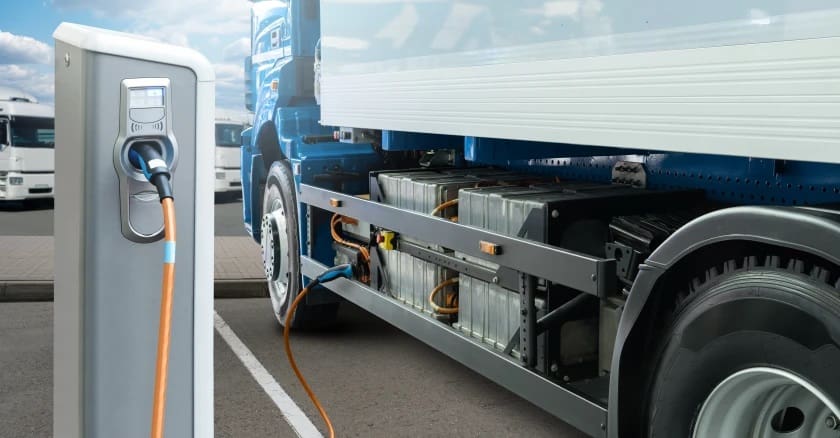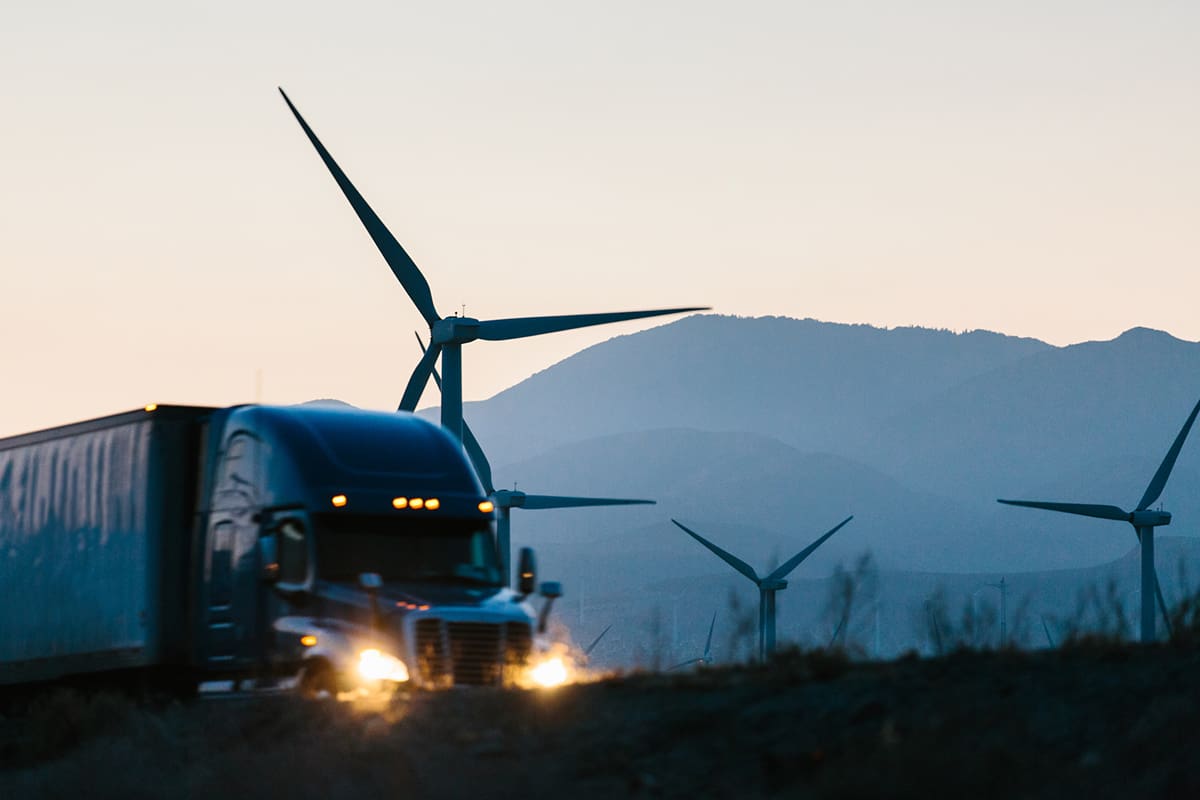
- News Story
Heavy-Duty Truck Electrification Is Still an Uncharted Path
September 1, 2023
Source: Government Technology
The electrification of the heavy-duty trucking and similar transportation sectors continues to evolve, pushed and pulled by public policy, technology cost and partnerships with utilities.
“Infrastructure is the No. 1 barrier to the ZEV [zero-emissions vehicle] transition, especially as you get into medium- and heavy-duty [sectors],” said Andrea Pratt, zero-emission technology program director for Volvo Group North America.
The charging infrastructure can be both expensive and include drawn out development times, further complicating a fleet’s transition to electric vehicles.
“We have contractors that have the capacity to install chargers that’s higher than the ability for utilities to connect up to the grid at that scale,” said Per Lundmark, project manager of the Low Carbon Fuel Standard team at clean-energy consulting firm GNA, noting the need for additional substations and other infrastructure.
“It takes time for utilities to scale up and support that deployment of those technologies,” said Lundmark. “And I think the takeaway from that is we will see utilities scale up.”
And then, of course, the cost of the vehicles themselves can generate some sticker shock.
“I think that you’re seeing a commitment across the board to sustainability, and to supporting the transition to ZEVs. But once you get into the business of doing that, you recognize, there’s some significant costs,” said Pratt.
“The reality is these zero-emission trucks — battery-electric trucks specifically — are very expensive; batteries are expensive. We were expecting costs to go down, and we’re not really seeing that quite yet. Although we do anticipate that will happen eventually,” she added.
If fleet operators want to pump the brakes on transitioning to ZEVs, the public policy does not. California has set clear benchmarks for taking internal combustion engine (ICE) trucks off of the state’s highways by 2040. Similar moves are being adopted by other states on the West Coast and in the Northeast.
Continue reading on Government Technology.



